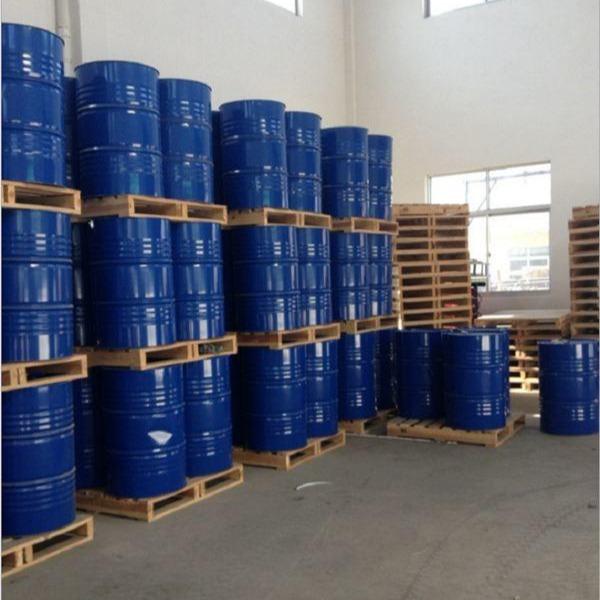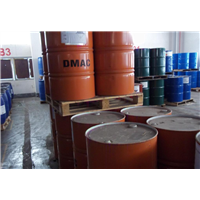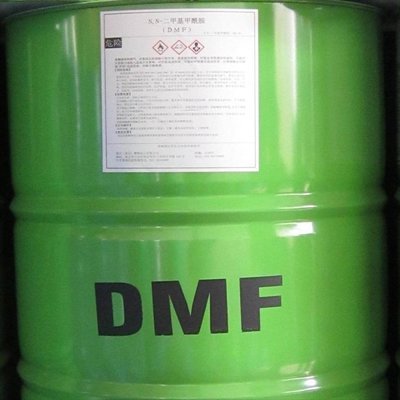-

Pyridine
CAS:110-86-1Read more -

Morpholine
CAS:110-91-8Read more -

N-Methyl-2-pyrrolidone
CAS:872-50-4Read more -

Methyl isobutyl ketone
CAS:108-10-1Read more -

Dimethylacetamide (DMAC)
CAS:127-19-5Read more -

DMF
CAS:68-12-2Read more -

N-Methylformamide
CAS:123-39-7Read more -

Diethyl Sulphate
CAS:64-67-5Read more -

Maleic anhydride
Maleic anhydride, also known as maleic anhydride, is the anhydride of maleic acid. It is a colorless or white solid with a sour taste at room temperature, with a molecular formula of C4H2O3. Molecular weight 98.06. Needle-shaped crystals are obtained from chloroform or ether. Melting point 60°C, boiling point 82°C (1.8665kPa), relative density 1.31460. Soluble in acetone, chloroform, ether, slightly soluble in petroleum ether. Dissolved in water to form cis-butenedioic acid, dissolved in alco...Read more -
Dicyclopentadiene
Dicyclopentadiene (DCPC) is a dimer of cyclopentadiene. Cyclopentadiene is first heated to copolymerize into dicyclopentadiene, and dicyclopentadiene is separated from other light components (boiling point <45°C) by distillation, and then other required dienes, monoolefins and saturated hydrocarbon components are separated by solvent extraction. High-purity dicyclopentadiene is a colorless crystal at room temperature. When it contains impurities, it is a light yellow oily liquid with a pun...Read more -

Phthalic anhydride
Phthalic anhydride, also known as phthalic anhydride, is an important chemical raw material. The main use of phthalic anhydride in my country is to produce phthalate plasticizers, followed by alkyd resins and amino resin coatings; phthalic anhydride can be used in the production of unsaturated polyesters and in the dye industry to synthesize anthraquinone.Read more -

Ethylene Glycol(MEG)
Ethylene glycol, also known as glycol, is the simplest aliphatic diol. It has the chemical properties of alcohols, such as being able to generate ethers and esters, being oxidized to generate aldehydes or acids, and being able to condense to generate ethers. It can also be substituted by halogens. When reacting with acyl chlorides or anhydrides, diesters are generally formed. When heated under the action of a catalyst (manganese dioxide, aluminum oxide, zinc oxide or sulfuric acid), it can be...Read more





